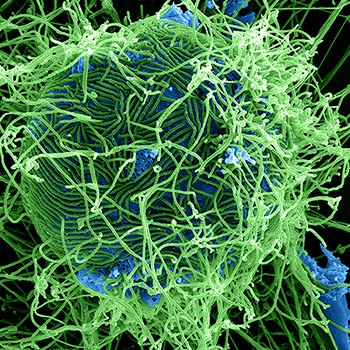How do you calculate the molar mass of each of the following compounds?
#Cu(OH)2#
#MgO#
#Mg(NO_3)_2#
#NaCl#
#(NH_4)_2SO_4#
#H_2SO_4#
#Ca_3(PO_4)_2#
#NH_4NO_3#
2 Answers
I will answer one, and from the answer you can use the same method tom work out the rest:
Explanation:
You need to look up the atomic weight of each element (these can be found by asking google for the atomic weights):
- Ca - calcium - 40.078
- P - phosphorus - 30.973762
- O - oxygen - 15.9994
(3 x 40.078) + ((30.973762 + (4 x 15.9994)) x 2)
120.234 + ((30.973762 + 63.9976) x 2)
120.234 + (94.971362 x 2)
120.234 + 189.942724
310.177
So the answer is 310.177 g/mol
You should now be able to use the above approach to work out the answers for the other compounds.
Simply add the molar masses of the individual elements.
Explanation:
For calcium phosphate,
If we had lithium phosphate,


